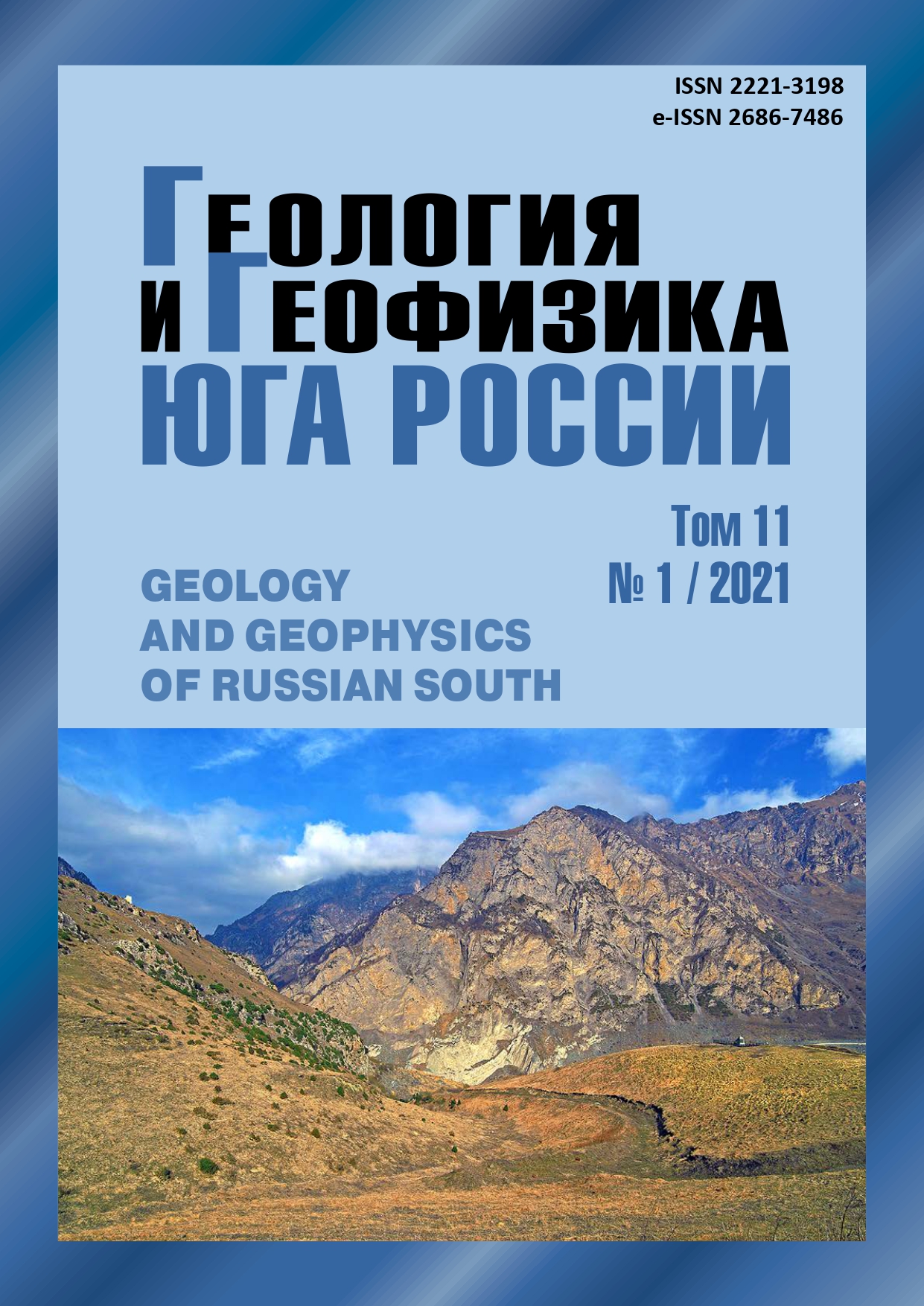The experience of dividing the potential fields of Donbass into background, residual and local components and some results of interpretation
Abstract
The article is devoted to determining the optimal procedures for processing and dividing potential fields into background, residual, and local components, as well as discussing some of the results. The relevance of the work is determined by the need to develop a geophysical basis for the mineralogical analysis of the Donetsk folded structure system. Aim. To select the optimal procedures for processing geophysical data and to divide potential fields into background, residual and local components, to evaluate the possibility of using the results obtained for mineragenic analysis of the Donetsk folded structure. Methods. The initial materials for the study were the results of aerial surveys in digital format conducted in 2011 by the company “Aerogeofizika” using modern high-precision instruments. And for the border strip with Ukraine – the materials of analog aerogeophysical surveys conducted before 2000. The division of the source fields into components was carried out using the methods of mathematical transformation of the source data using the domestic GIS Integro software package. The evaluation of the informativeness of the transformation of the source data complex was solved using the COSCAD 3D statistical sounding of geofields, as well as the technology for solving the inverse problem of gravity and magnetic exploration. Results. A technology has been developed that provides the compilation of summary maps of potential fields using materials from different-altitude aerial surveys based on the domestic GIS Integrogeoinformation system. Optimal procedures were established and the initial magnetic and gravitational fields were divided into regional, residual, and local components. When identifying the local component of magnetic field anomalies, extended zones of low-intensity positive magnetic anomalies were identified and traced for the first time in the study area. It is established that these anomalies are associated with faults confined to the axial planes of linear anticlines and reflect an increase in the magnetization of rocks due to hydrothermal-metasomatic transformations. The spread of previously identified gold-ore manifestations is significantly controlled by newly discovered zones of low-intensity magnetic anomalies. This makes it possible to attach high importance to the identified linear anomalous zones as criteria for solving problems of mineragenic zoning.


